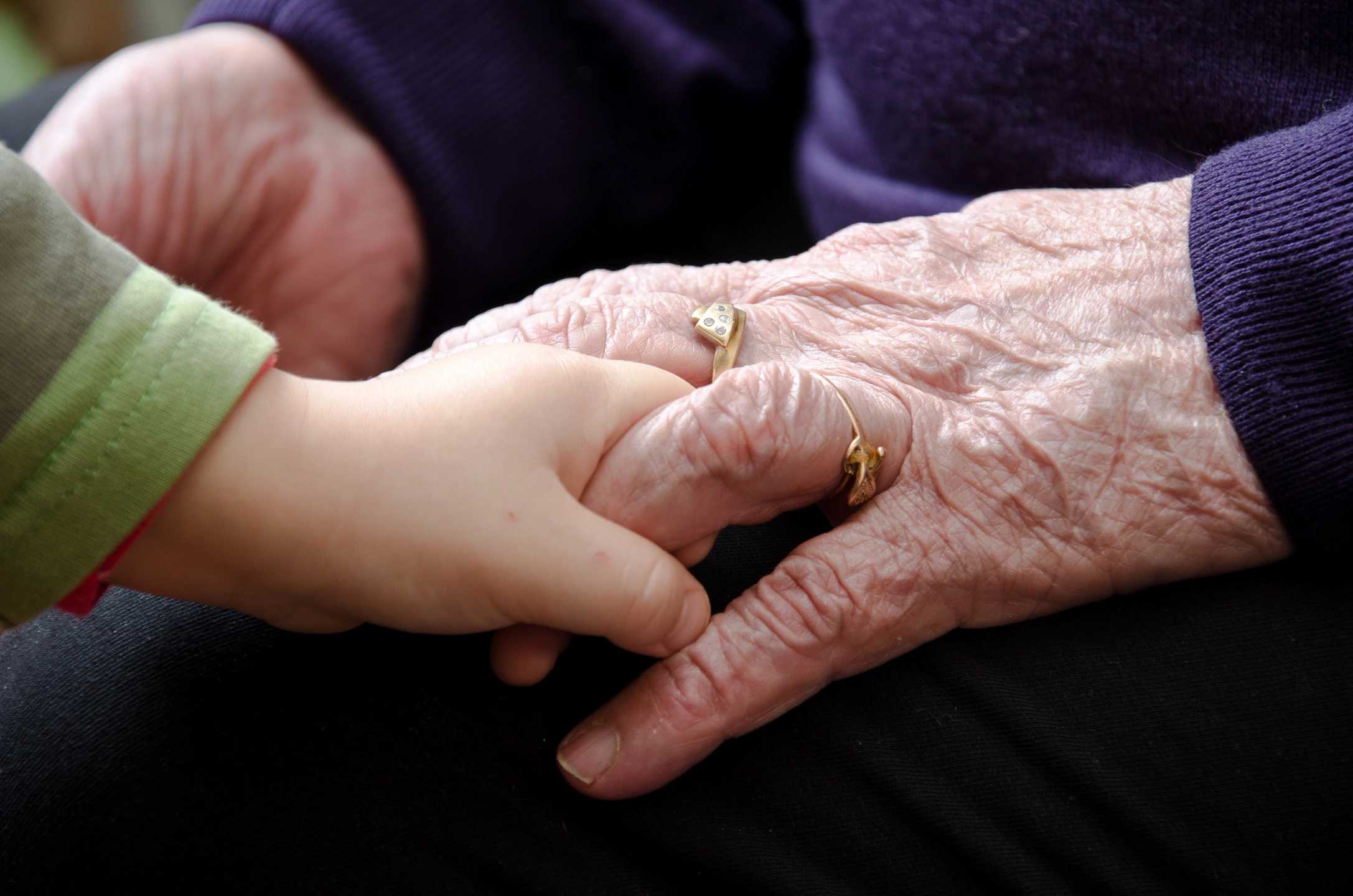Shout out to all my Olson/Church cousins! With the approach of the 400th anniversary in 2020 of the Mayflower landing, I decided I would work on my lineage papers to the Society of Mayflower Descendants. The New England Historical and Genealogical Society (NEHGS), of which I am a member, is making every effort to help the thousands–nay, millions–of descendants of Mayflower pilgrims identify and verify their descendancy. Since my DAR application has already been verified and accepted, I didn’t see the link to our Mayflower ancestor, John Howland, as being much of a stretch. I submitted my Preliminary Review Form and my Preliminary Application to the California Chapter of Mayflower Descendants.
I am happy to report that I have received my official Application for Membership to the Society of Mayflower Descendants completed for the first seven generations, through our ancestor Solomon Lewis (1750-1839). Generations 8-13, from Lydia Lewis (1785-1873), wife of Asa Church (1788-1857), to me, comprise the research and references I used for acceptance into DAR. I have the documents and references for all the vital events of each generation, some more derivative than others. With any luck, I will be able to use the same documentation for proving our Mayflower connection and satisfy eligibility requirements for the Society of Mayflower Descendants.
It makes me chuckle every time I think of my mother’s answer to my queries as a child about her ancestors. “Oh… we’re Heinz57,” she would always say, and end it at that. Well, I am finding out we are much more, and I am proud of our ancestral heritage. I have always loved this country, but knowing more details of the role our ancestors played in its early days increases that feeling ten-fold, at least.
As I learn more about my ancestors, their trials and sacrifices, their successes and celebrations, I am more and more in awe. We come from great stock. People of the land, mostly, but proud, courageous, patriotic people who helped make this country great. Those qualities are inherent in every one of us, my dear cousins. Our ancestors are a part of us, and we are a part of them. I LOVE GENEALOGY!!
